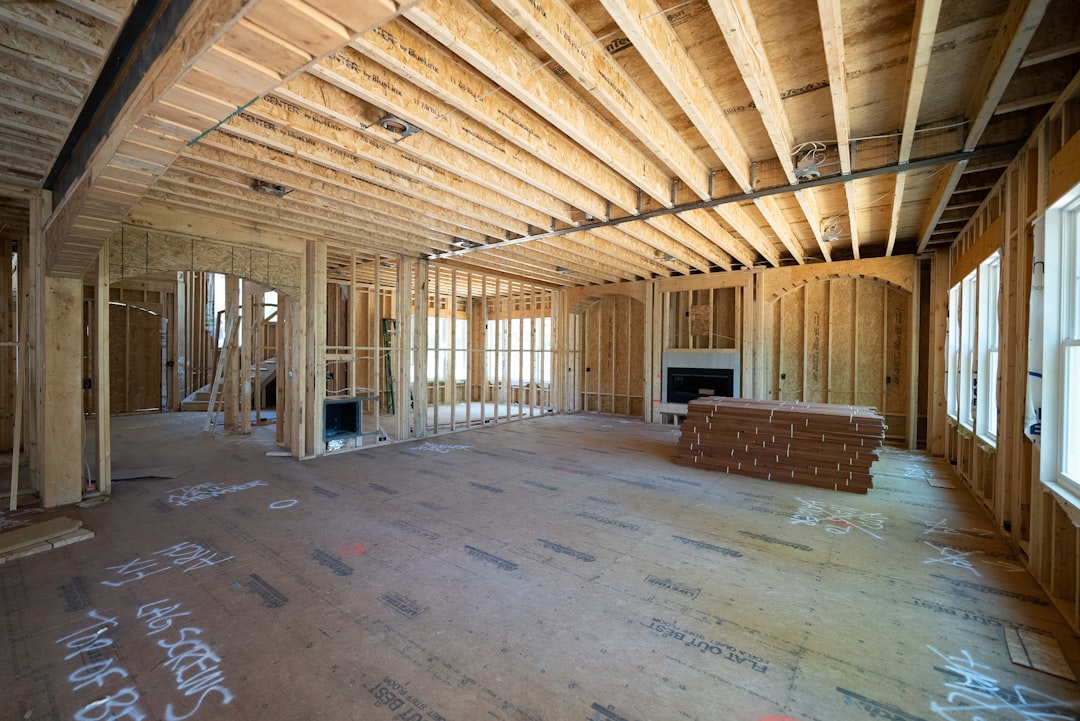
In Cheyenne, WY, flooring must withstand extreme weather while enhancing the aesthetic appeal of homes. CountBricks leverages AI technology to provide accurate, real-time flooring estimates, ensuring projects are completed efficiently and profitably for contractors. Typical costs range from $650-$1200 per opening, depending on materials and labor.
Flooring impacts a home's acoustics, energy efficiency, and resale value. Accurate flooring specifications and budgeting are crucial to maintaining the build schedule. CountBricks offers real-time estimates directly from jobsite voice inputs, preventing costly delays.
CountBricks adjusts material allowances based on Cheyenne's climate data, ensuring durability through harsh conditions.
Engineered Hardwood
Resists shrink-swell cycles and can be installed over radiant-heat slabs.
LVP (Luxury Vinyl Plank)
Waterproof and textured to hide grit.
Refinished Fir
Preserves heritage with calculated sanding and staining.
Traditional estimates often miss Cheyenne's unique architectural features, leading to underestimation. CountBricks detects these features and adjusts material allowances, protecting profit margins.
A contractor used CountBricks to identify additional LVP needs, preventing delays and maintaining the project timeline.
Enhance your Cheyenne flooring project with precision and efficiency. Visit CountBricks.com to learn more.

Flooring upgrades in Cheyenne can yield up to 106% ROI. CountBricks clients use strategic tactics to maximize value:
Engineered oak on main levels and LVP in basements offer visual cohesion and risk reduction. Transition strips save $1.25 per linear foot, flagged in estimates.
This sequence avoids rework and maintains air quality.
CountBricks dashboards provide insights on material usage, reducing waste by 9% and speeding up billing cycles by 14%.
Transform flooring from a cost center to a profit driver. Upload your plan at CountBricks.com and experience efficient flooring solutions.